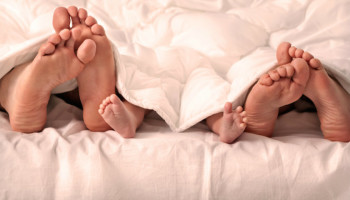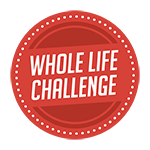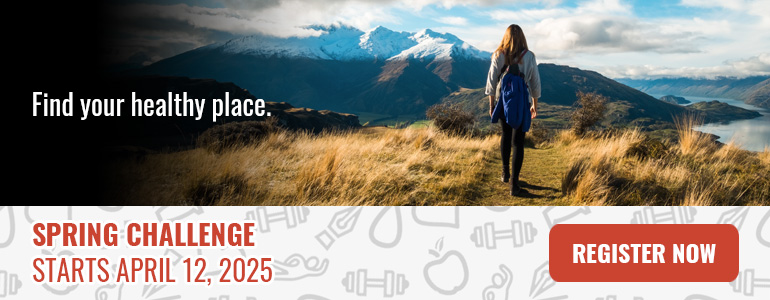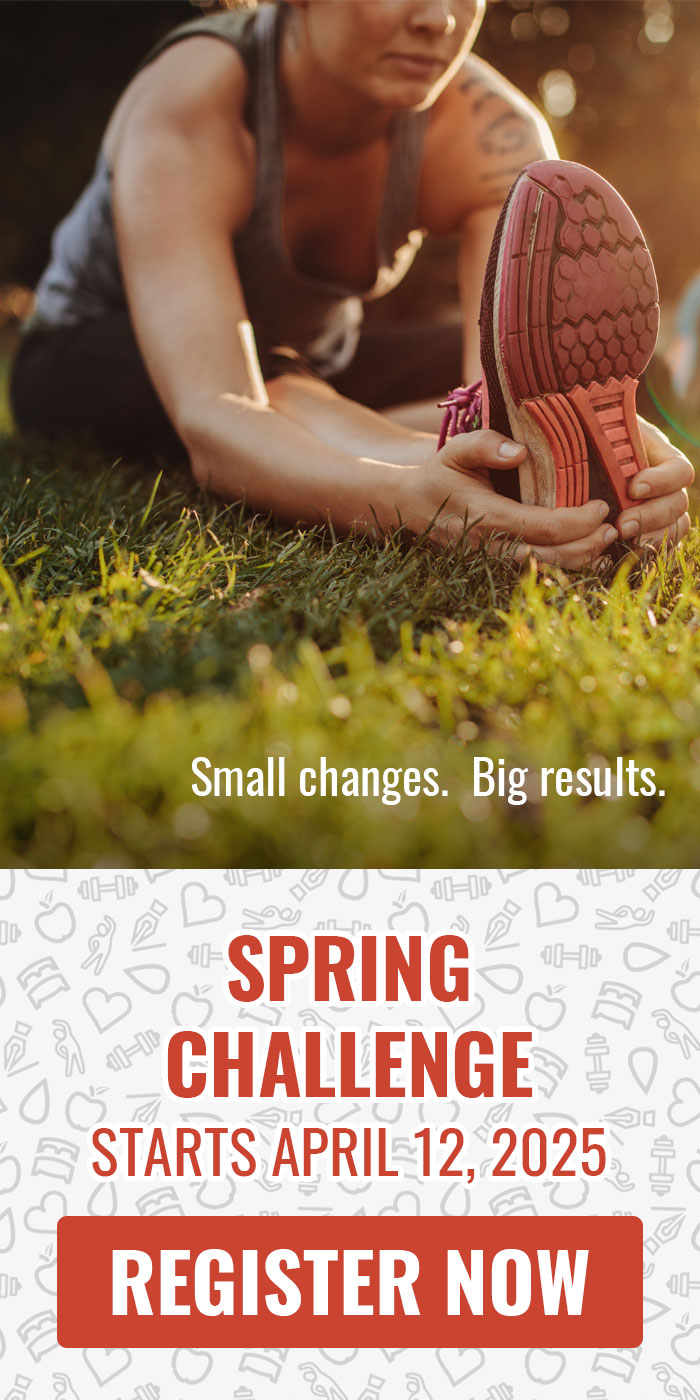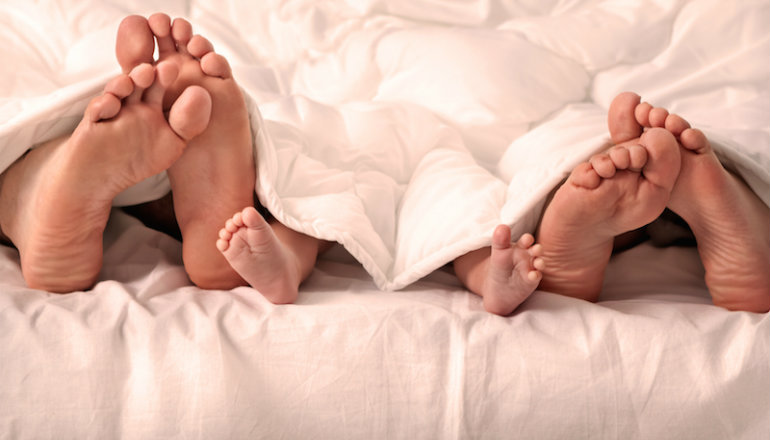 Reading Time: 5 minutes
Reading Time: 5 minutesLack of sleep sucks. After just one night, you become a groggy mess: short-tempered, uncoordinated, unable to concentrate. Your willpower plummets, and you perform poorly at work.
You turn to stimulants, downing coffee and Red Bull to get through your day. Your brain calls for glucose, and your diet goes out the window, everything in the vending machine now fair game. You make simple cognitive mistakes, and you drive like you’ve had a few.
It’s a bad scene.
Luckily, it’s avoidable. With just a few changes to your routine, you can sleep better: falling asleep quickly, staying asleep, and waking up refreshed.
Below, your guide to making it happen.
Hack 1: Ride the Sleep Cycle
Your level of wakefulness is characterized by brain wave activity. During the day, our brains produce beta waves when we’re most alert, and alpha waves when we’re relatively relaxed.
When we sleep, we go through two theta wave phases (light sleep) and then progress through two delta wave phases (deep sleep). We then cycle back up through the phases and end the cycle in a unique phase of sleep called REM (“rapid eye movement”) sleep, during which brain wave activity closely resembles wakefulness.
The entire cycle lasts about 90 minutes. As you go through multiple cycles, duration of delta sleep decreases and duration of REM sleep increases (1). If you’re woken during the deeper stages of sleep, you’ll be groggy. If you wake during the lighter stages, especially out of REM sleep, you’ll be more alert.
Therefore, timing is everything. To wake up refreshed, plan your sleep in 90-minute increments. Aim for nine hours (six full cycles), and if you can’t fit it in, aim for seven-and-a-half hours (five cycles). You’ll sleep long enough to get the benefits of deep sleep and you’ll wake up ready to go.
Hack 2: Control your Circadian Rhythm
We are incredibly sensitive to the biological effects of light. Its presence or absence controls our circadian rhythm, impacting when we wake and when we sleep.
The circadian rhythm is our innate 24-hour clock, the timing mechanism that controls our level of alertness. It is driven by melatonin, a hormone secreted by our pineal gland in response to light levels. During a “normal” 24-hour period, we experience peak wakefulness in the mid-morning and evening, with dips in the early a.m. hours and at mid-afternoon (3, 4).
This natural ebb and flow is disrupted by light exposure during odd hours.When we expose ourselves to light at night (especially blue wavelengths), we suppress melatonin production, creating alertness just when we should be getting sleepy (5).
Therefore, controlling light is a key factor in getting to sleep quickly. First, darken your bedroom: install blackout curtains, cover your alarm clock, and remove any remaining sources of ambient light. Then, limit pre-bedtime screen exposure (a huge source of blue light). Phones, televisions, and their like should be shut off well before your planned sleep time, allowing your body to produce the necessary melatonin to put you to sleep. Put simply, limit your light to maximize your sleep.
Hack 3: Harness the Psychology of Habit
Getting in bed should be a cue for only two things: going to sleep or having sex. Nonetheless, we use our beds for all kinds of non-sleep activities: watching television, reading, snacking, scrolling through social media, having conversations with our partner.
When we do this, we’re conditioning ourselves to stay awake. Instead of a place for rest, bed becomes associated with intellectually- and physically-stimulating activities. Our bodies respond to this association by elevating alertness and physiological readiness upon entering bed, making us hyper just when we should be winding down.
To avoid this, omit non-sleep activities from the bedroom. Your brain will begin to associate the bed with rest and sleep, and respond in kind by bringing down your level of arousal. You’ll fall asleep faster and stay asleep longer.
Hack 4: Drink Smart
Alcohol may be great for putting you to sleep, but it’s not good for keeping you there. Going to bed right after drinking puts you into deep delta wave sleep, but it also elevates alpha wave sleep (one of the waveforms associated with wakefulness). The delta and alpha waves interfere with each other, creating a tug-of-war of deep sleep and alertness that fragments your night and limits the restorative benefits of sleep (6).
You’ve likely experienced this after a night out: falling asleep quickly only to wake up a few hours later, tossing and turning for the remainder of the night.
To avoid alcohol-induced sleep disruption, plan to stop drinking a few hours before you go to bed. This will give your body time to metabolize the booze, freeing you from fitful sleep. Also, limit your consumption. On average, we process a drink’s worth of alcohol every hour, so the more you drink, the more likely it is you’ll go to sleep with unprocessed alcohol in your blood stream, creating fitful sleep.
Booze isn’t the only thing to avoid pre-bedtime. If you want a truly restful night, stop drinking caffeine and other stimulants six hours before attempting sleep. This will ensure you’re back to baseline and ready to rest.
Hack 5: Plan and Meditate
There may be nothing worse for sleep than thinking about tomorrow. Lying in bed, staring at the ceiling and thinking about tomorrow’s to-do list, we get worked up. We ponder the decisions to be made and the battles to be won, and we’re unable to sleep, heart rate elevated and blood pressure higher.
Combat this sleep killer by short-circuiting the thinking loop. Sit down an hour before bed and write out tomorrow’s to-do list: what you’ll do and when you’ll do it. When it’s out of your head and onto paper, you’ll relieve your mind of the need to consider possibilities, and you’ll rest easier.
Once your to-do list is done, take ten minutes to meditate. Breathing deeply and remaining still, you’ll slowly turn down your arousal level until you’re relaxed and ready to sleep.
Sleep is a three-step journey: you want to get to sleep quickly, stay asleep, and wake up refreshed. To maximize your success, follow the five hacks:
- Allow for 90-minute sleep cycles, getting either 7.5 or 9 hours of sleep every night.
- Minimize light exposure in your bedroom and limit pre-bed screen time.
- Use your bedroom for sleep and sex, and keep other activities outside.
- If you drink alcohol, give it time to metabolize before bed, and be sure to stop caffeine intake six hours before trying to sleep.
- Write tomorrow’s to-do list so you don’t ruminate, and follow up with a calming ten-minute meditation.
You’ll sleep better, and the benefits will filter into your waking life: more energy, less irritability, increased willpower, improved coordination, and more intellectual capacity. It’s a win that works twenty-four hours a day.
